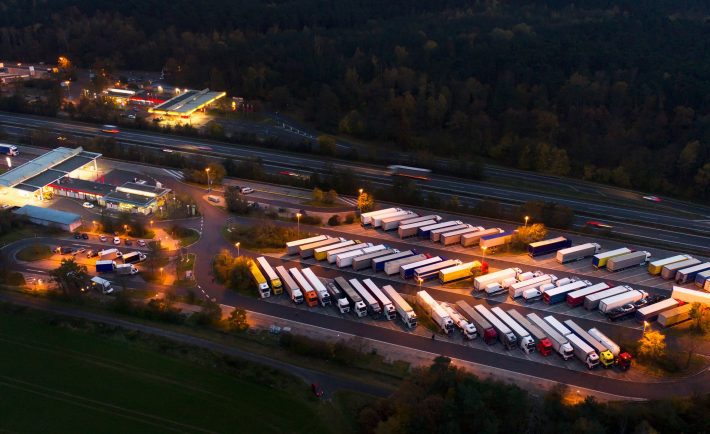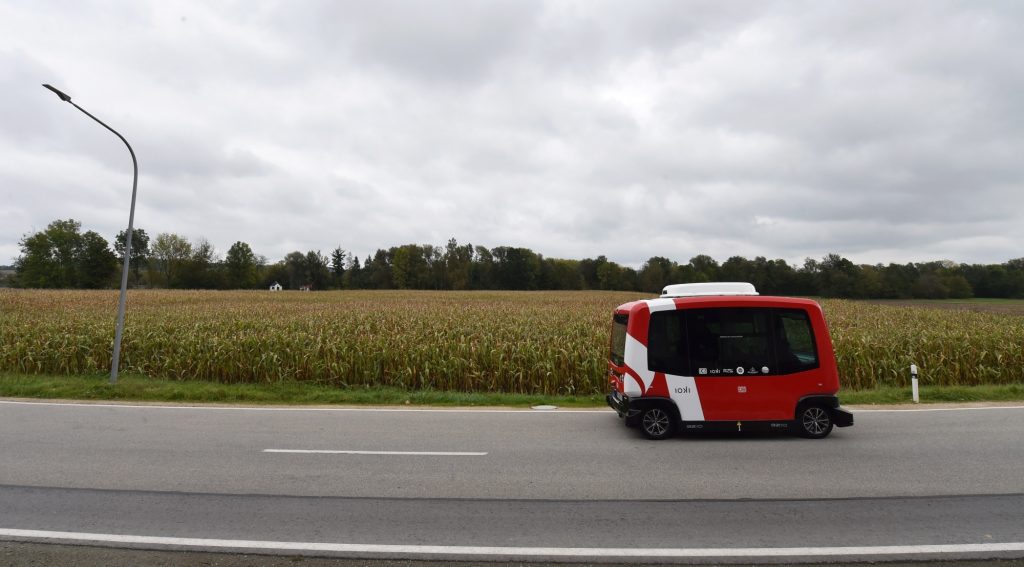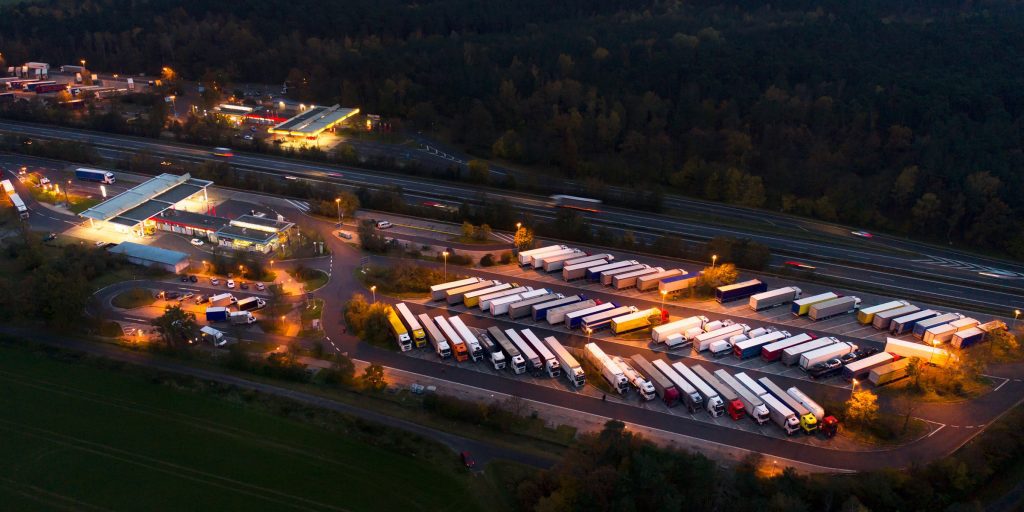
There was a time when the concept of a self-driving car was reserved for the realms of science fiction. It was an idea only talked about in fantasy stories or featured in films, with many people believing that such technology might exist someday, but could not possibly arrive in the real world for many more decades.
Now, however, in the early 21st century, self-driving vehicles are very much a reality. Leading manufacturers from around the world are researching self-driving technology and integrating self-driving features and systems into their latest models, and indeed, many modern cars released nowadays are capable of at least some form of self-driving.
Many modern cars come with the ability to handle complicated reverse parking situations, on their own, for example, or course correct a driver automatically if the vehicle’s sensors detect that the car is moving out of its lane. Projects even estimate that the industry could be worth $60 billion by the year 2030.
These are exciting times for automated automobiles, and technology enthusiasts are eager to see what comes next. However, while the concept of self-driving cars seems to bring nothing but benefits, there are some clear downsides that may come along with the development of this technology. This guide will look at a series of pros and cons.
Pro: Reducing the Risk of Accidents
Of course, the number one benefit that often comes up in discussions regarding self-driving cars is the fact that they can help to make the roads safer for all, reducing the risk of accidents.
At a time when six million auto accidents are recorded, on average, on American roads each year, this is clearly of the utmost importance, and automated driving could be one of the biggest safety innovations the automobile industry has ever seen.
Con: Moral Dilemmas

At the same time, even though self-driving cars have the potential to make roads much safer and reduce the numbers of people injured or killed in crashes and collisions, it’s also worth noting that there may still be certain situations or moral dilemmas, that computers can’t really be coded to handle.
For example, if a car is in a situation with only two possible options – continuing on and crashing itself or veering out of the way but causing other cars to crash in the process – how can the computer make such a decision?
Pro: Cost-Savings
Another one of the biggest advantages in regard to automated cars is their potential to save people, businesses, and organizations huge amounts of money. The costs of auto accidents amount to tens of billions of dollars each year, and self-driving cars will go a long way to reducing those costs by making the roads safer for all.
These costs can be seen in many ways throughout society, freeing up time and resources for hospitals and courts that would otherwise be treating accident victims and handling auto accident cases.
Con: Security Risks

Technology has come a long way in recent years, and it’s extraordinary to see how far society has come from the early days of commercial computers and basic portable phones. However, one thing we’ve noticed as technology has evolved is that it also brings many security risks along with it.
There are countless cyber-attacks occurring all the time, and even the strongest systems can fall victim to hacking, tracking, and malware. It is therefore very possible that the technology used to power AI cars could also be hacked and manipulated in malicious ways.
Pro: Efficiency
Another big benefit of self-driving cars is how they may be used and programmed to make roads more efficient, reducing the chances of traffic jams, delays, and other road disturbances.
This could be of enormous societal benefit, helping people get around faster, get to their destinations on time reliably, and always be able to take the best possible route to get wherever they need to go. This could also help on an environmental level, reducing the amount of time that cars are on the roads, emitting fumes into the atmosphere.
Con: Loss of Jobs

While self-driving technology has opened new job opportunities for developers, AI experts, and those with other relevant technological skills, this new technology will also lead to a lot of job losses too.
People like taxi drivers, rideshare drivers, bus drivers, and so on may all find themselves out of a job, and the trucking industry could also be severely affected too.
Final Word
It’s clear to see that while self-driving technology is an exciting development with a lot of advantages, it also brings new challenges and problems that must be addressed to ease the transition.




